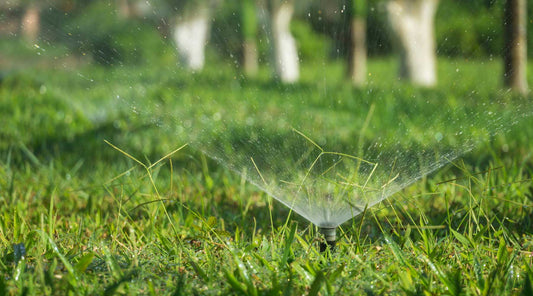Hose reels are one of the most convenient ways to store and utilize your garden hose. Not only do they keep the hose neatly secured when not in use, but they can also help extend it across the garden should you need to water areas located farther away.
There are many kinds of hose reels you can select from, each with its own advantages. No matter the kind or brand you choose, their assembly specifications are roughly similar and easy to understand. Below, we cover the most frequently asked questions on assembling a hose reel. Read on to quickly be a pro at assembling your hose reel.
Why are the hose reels unassembled?
Hose reels are often packed and shipped unassembled. The reason for this is that each part is carefully wrapped in a protective tray to prevent damage during transport. Secondly, packing hose reels unassembled can also reduce customers’ delivery or shipping costs.
Nevertheless, hose reels are relatively quick and easy to assemble. Hose reels all come with standard parts and are user-friendly, even for those with little to no experience assembling gardening equipment.
Should I use thread locking compound during hose reel assembly?
We do not recommend using a thread-locking compound, no matter the compound’s strength. A thread-locking compound can make it difficult to access the nut and screw if you need to remove and replace them.
How to adjust the cam-lever brake
The cam-lever brake is in place to create a small drag when pulling out the hose. It is designed to prevent any unwanted rollout when you stop pulling the hose. You can also easily turn off the brake to release the drag and permit the reel to spin freely for quicker rewinding.
You can easily adjust the brake settings by using a wrench to loosen the adjustment pad until you notice the hose’s weight causing the wheel to slowly unwind. You may tighten or loosen the nut as you please, controlling how much the wheel can independently unwind.
Get the hose through the hose strap
If your hose reel model has a hose strap, you will need a hose that can fit through it. Hose straps are not required for the hose reel to function properly but are useful. A hose strap is an added safety feature designed to add a layer of protection to the hose fittings and brass swivel as these are often exposed to harsh pulls while the hose is in use. If your hose does not go through the hose strap, you can simply attach the hose directly to the hose reel’s gooseneck swivel.
Get the swivel threaded onto the reel axle
You should be able to easily get the threaded lock nut located on the brass swivel onto the hose reel axle. If you are having trouble threading the lock nut, there could be a few reasons, such as:
- The axle bushings may not be fully seated into the flanges. If this is the case, tap on the bushing until it is fully seated.
- The flange and drum assembly are not pushed completely into the axle.
- The cam-lever brake is not installed correctly with the brake tab in the slot of the front flange.
An axle bushing has come out of the flange
If the axle bushing has come out of the flange, simply place the tapered-in side on top of the flange and expect a pretty tight fit. To fully install it back inside, take a 2x4 and align it right on top of the axle bushing. Once it is aligned, use a hammer or a rubber mallet and gently knock it in place.
The hose strap assembly has come apart
The hose strap assembly may come apart while transporting the equipment. To piece it back together, take the smallest part that features a small hole, and then slide it inwards to the main body. Once it’s in place, take the end of the strap with a pin on it and wrap it around until it fits in the end of the main slot. Finally, take the screw and screw it back just enough to hold the strap in place, locking it in.
The hose reel is making a squealing or squeaking sound when it spins
If you have everything correctly assembled and ready to use but you notice a squeaking sound coming from the hose reel as it spins, the sounds typically come from one or two sources:
- The crank handle
- The main axle
Simply try to clean out the surface of either part with a dry cloth and make sure that nothing has gotten in between the area that spins. If you cannot reach certain parts, loosen the nut on the swivels or screws holding the parts in place to gain more room.
You’re All Set!
We shared some of the most frequent issues that may arise when assembling a hose reel. The above solutions should help you get the hang of putting the pieces together and understanding how each hose reel part operates!
Looking To Shop Hose Reels?
We've got a wide selection of hose reels you can choose from our current offers below:




